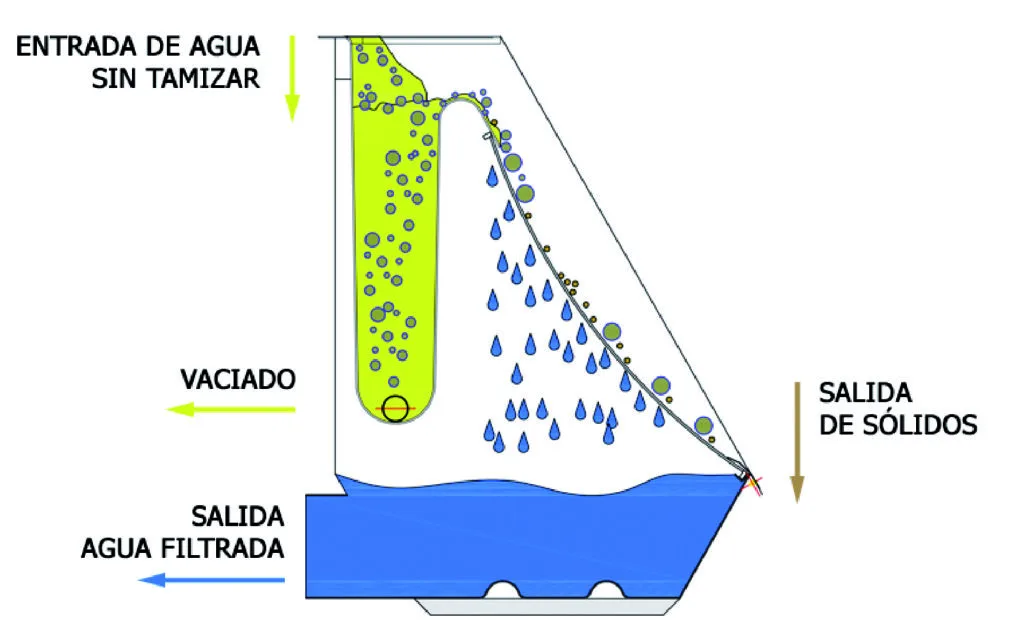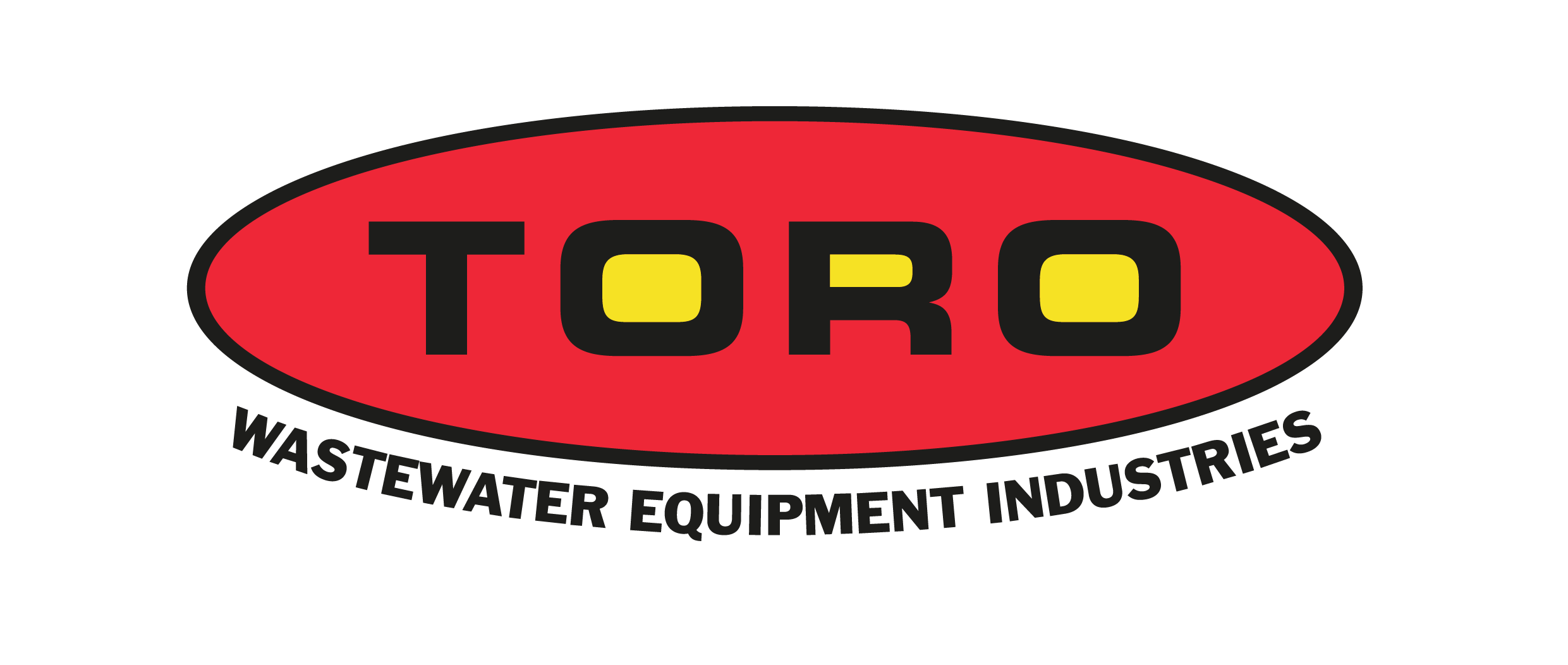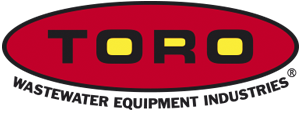SCREENS

Advantages
Safe designs with high-quality materials
Manufactured in 316 L stainless steel
Components and protections in FRP
Incorporates an effective safety system
Flanges in FRP DIN/ANSI connection
Filter drum cleaning system with pressurized water
Shot blasting finish
Adjustable solid scraper
DEVELOPMENT
We have developed an optional intelligent program for our rotary screens. It is equipped with a frequency converter specifically designed for the motor, ensuring low energy consumption. It operates as a standalone machine that requires no configuration or parameterization, simply plug in and turn on. The TR-Smart® integrates a data log based on historical values, calculating the optimal startup speed in any application, preventing overflow, and the frequency converter adjusts the screen speed automatically.
MODELS
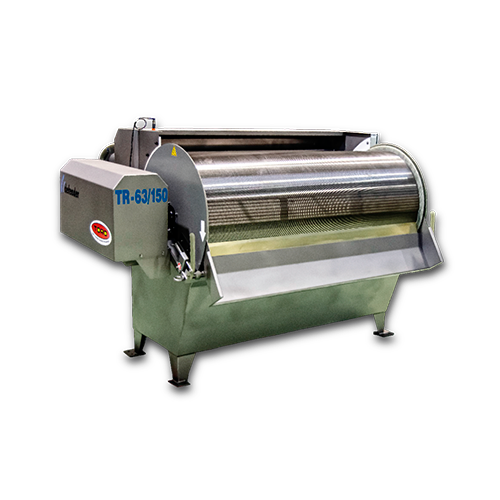
Rotatory Screens
Capacity
From 7 m3/h up to 363 m3/h in clean water
Small flow rates
High performance with high solids load
Smaller filter surface
Description
Produces polished effect, high output water quality
Protected from outlet overloads
Robust, high strength infused GRP lamella construction
Easy to clean.
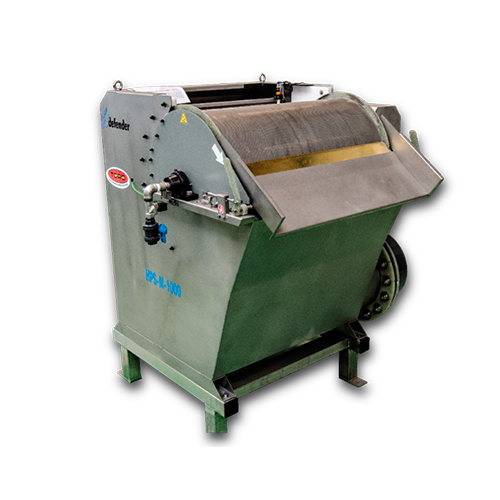
Rotatory Screens With High Pressurisation System
Capacity
From 133 m3/h up to 5864 m3/h
Description
Produces polished effect, high output water quality
Protected from outlet overloads
Solid construction using high-strength infused FRP lamellas, ensuring no collapse.
Easy cleaning
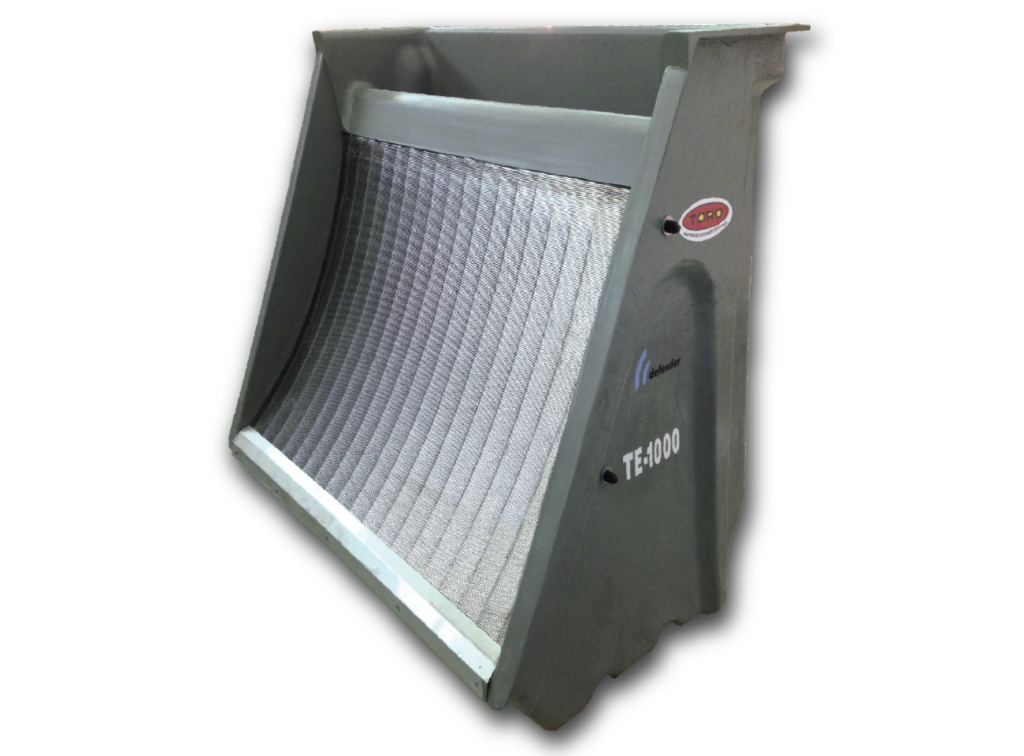
Static Screens
Description
Its mission is to eliminate the solids carried by the water, in order to avoid clogging and mechanical problems in the installations.
This equipment requires little maintenance and operates continuously, without the need for electricity.
In urban waters, they can replace primary decanters in many cases, providing the elimination of coarse sands and up to 30% percentages of grease and effluent leftovers.
MODELS OF MESHES
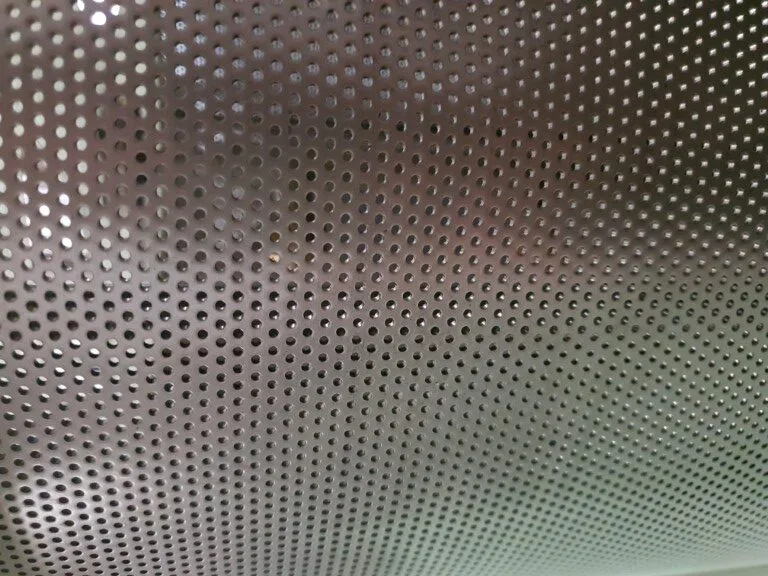
PERFORATED
Mesh size from 2 to 3 mm Ø
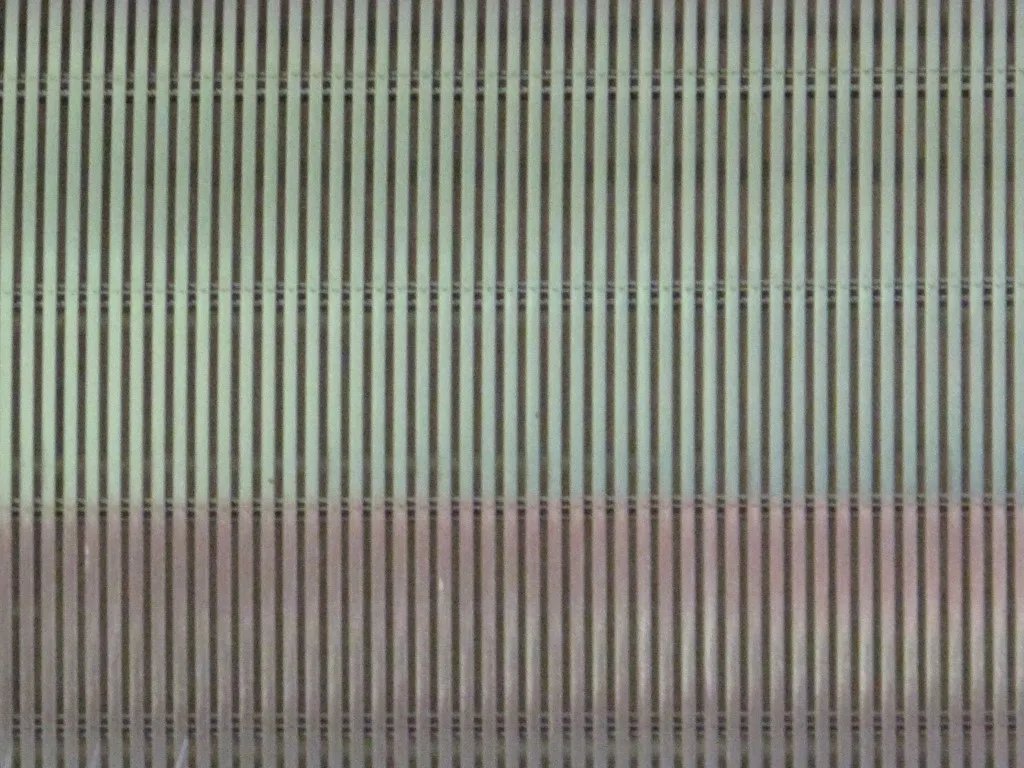
GRID
Mesh size from 0.15 to 2mm
OPERATION
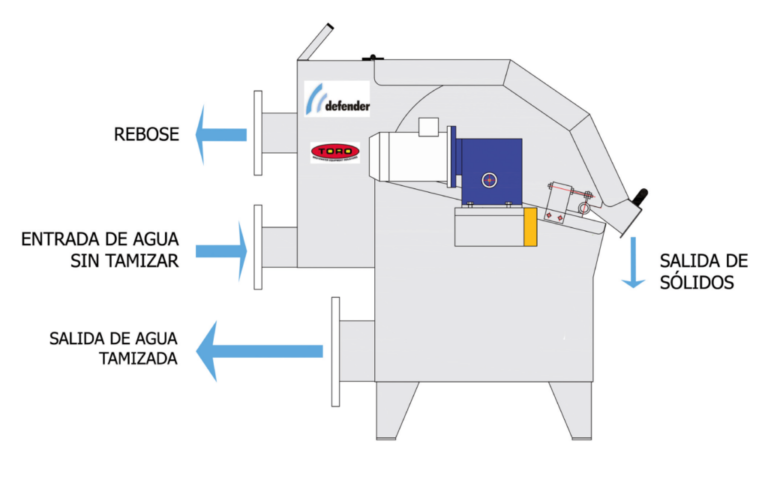
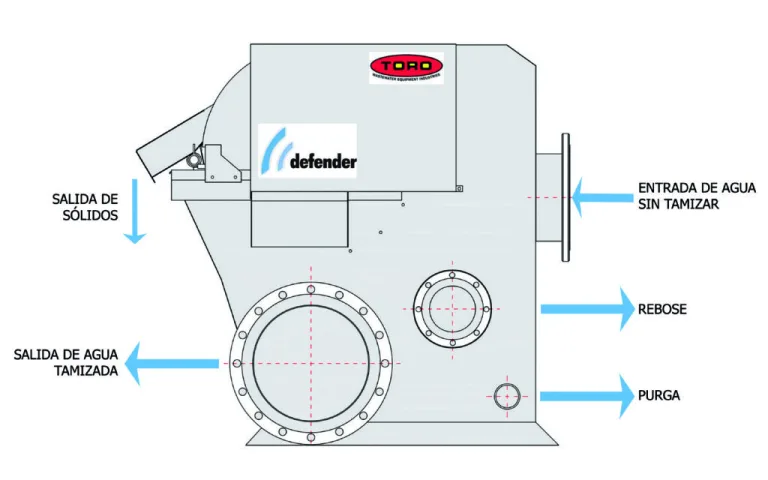
ROTATORY SCREEN
The effluent to be treated enters through the flange on the outside of the screen body and is evenly distributed through the spillway and overflow through the filtering drum
The solids are retained on the surface of the drum while it is rotating, the spill penetrates through the mesh opening and performs a self-cleaning function by passing through the lower part of the drum again
As it passes through the outer scraper, the solids are released from the screen and gravity causes the solids to fall off the scraper
